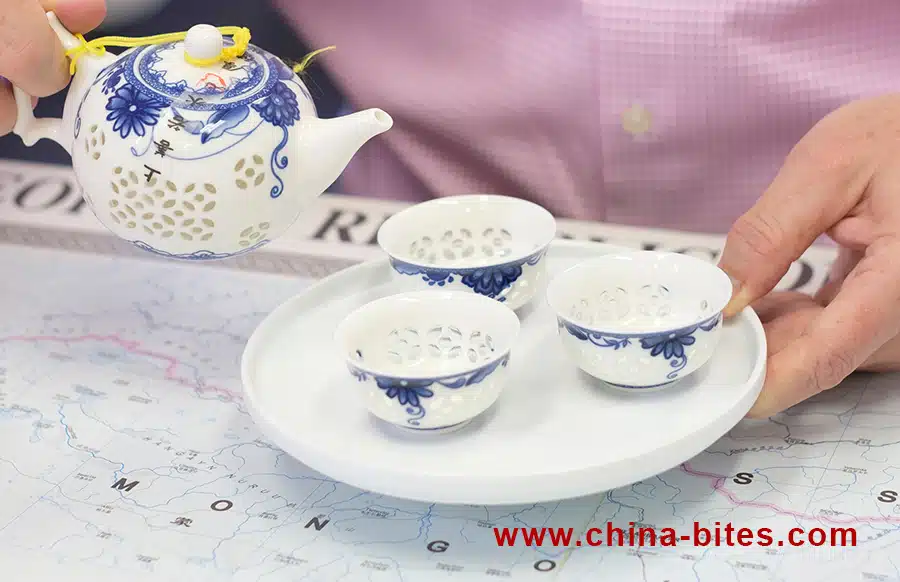
1. Follow the money
There is an addressable market of well over 300 million Chinese middle-class consumers with money in their pockets, aspiration in their hearts, and a willingness to spend their money on high quality premium food and beverages.
In addition, China’s “millennials” (those born between 1981 and 1996) are one of the richest and largest spending groups in the world. There are over 350 million Chinese millennials, over 25% of China’s population and they are the main drivers of the country’s surge in consumption, with spending by those under the age of 35 accounting for 65% of total consumption growth. This spending is projected to increase by 11% annually until 2021
The Chinese already place a high value on Australian products. Our country is highly regarded in China for our quality produce, clean environment and well regulated manufacturing sector. It makes sense for Australian businesses to capitalise on the fast growing Chain market, identify the type of products which appeal to Chinese consumers and start targeting the millennials. It is a huge area of opportunity and we need to see a shift in thinking in Australian businesses, more curiosity and an improved understanding of the extraordinary opportunities available in China.
2. Start local, Think Global
The message to SME business owners and leaders is clear. If you want to do business in China, don’t think of it as ‘one market’. It is ‘many markets’ each with different characteristics (industry clusters, language, dialect, customs and even local food) and suitable for different opportunities. So it’s important to do your research, segment the market and identify your point of entry. The smaller the target the higher chance of success!
It also requires some creative thinking about how you can delight and attract new customers by rolling out the metaphorical ‘welcome sign’ in their own language and adapting your offer to their unique circumstances, tastes and preferences.
3. China has the money and the market
Chinese investors are now trawling the world looking for opportunities to invest in the food supply chain, starting at the source (farms and land), moving to the soft commodities (meat, vegetables, fruit, wheat etc.) and then finally to food processing (abattoirs, packers, canneries etc.) so that they become active players in the global food supply chain. This was entirely predictable due to the strategic priorities set out in past five years plans.
China provides unique and once-in-a-lifetime opportunities for SME owners and leaders, particularly leading players in the F&B sector, to partner with Chinese investors and partners to commercialise their business in China, transform their companies into major global players, then moving throughout Asia and other emerging countries who will increasingly rely on China for investment, connections, knowledge and access to a market of over 1.3 billion people.
4. Inbound before Outbound
The biggest opportunity for food exporters is “Inbound” i.e. the large numbers of Chinese locals, migrants, tourists, investors, students and entrepreneurs who come here every year and buy Australian (and other) products in our local shopping malls and grocery outlets.
These numbers are growing rapidly which enables retailers in the food and beverage industry to take advantage of cashed-up Chinese buyers without leaving home.
If you need any convincing of the short-term opportunity to build a business case to promote your capabilities, services or products to just one sub-segment of this massive group (ie the Chinese who already live in Australia) you can get motivated by plugging the following numbers into your spreadsheet:
- Locals (ie local Australians who identify as “chinese”) 1,213,903 ie 5.6% of the population, mostly living in NSW and Victoria (source: 2016 ABS Census)
- Migrants (ie chinese people moving to Australia each year to take up residence) 28,000 per annum, mainly business and investment migrants, with high levels of education, skills, language and wealth (source: ABS)
- Students (ie chinese students who study in Australian universities) 165,000 per annum and contributing A$6 billion to the Australian economy each year (source: L.E.K. Chinese Student Survey)
5. Relationships first
In order to gain the trust of an Asian investor or buyer from which a business relationship can flourish you need to invest in building relationships first before proceeding to any type of deal or transaction.
From my experience, to build long term sustainable relationships in China from which business can get done, you follow a process which I often refer to as taking ‘Three Cups of Tea’.
As a foreigner doing business with Chinese people you are a ‘stranger’ (first cup of tea), no matter how much they appear to like you, trust you and respect you. The Chinese are gracious, generous and flattering people and often give the appearance of welcoming you as friends and business partners, but you will never gain their real trust until you have invested deeply in the relationship. This requires some old fashioned relationship-building skills and etiquette.
So, next time you get presented with an opportunity to do business with an Asian company, investor or entrepreneur, think of it as an opportunity to build a relationship not a transaction. Ask open questions, listen carefully to the answers and think about how you can progress the relationship to another level (the second cup of tea). Leave the quote, proposal or contract in the drawer, take your Chinese guests out for lunch, exchange gifts, tell stories and laugh a lot. You’ll be surprised how old fashioned relationship-building can lead to real business opportunities. But only if you’re willing to take the three cups of tea!
If you wish to read more interesting and relevant China News, articles and commentary, please subscribe to my newsletter, China Bites here: https://www.china-bites.com/
